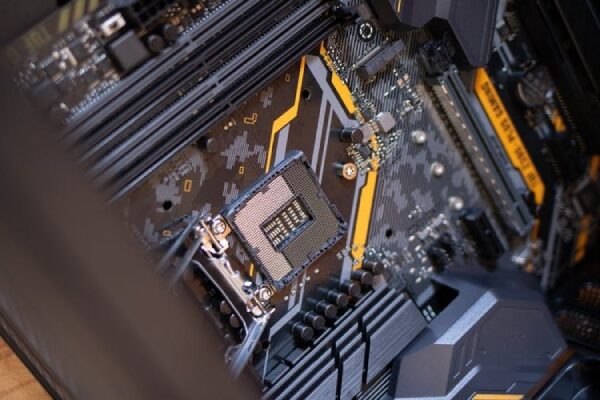Life Easier For Disabled People: More than 50% of employed disabled people say that their disability affects their ability to do their job, according to the Bureau Labor of Statistics. As a result, an increasing number of these individuals are choosing not to work. But technology is transforming the workplace for the disabled, meaning there’s no need to give up work. So, what technology can disabled people use to support them in their career?
Table of Contents
ToggleVisual aids
The World Health Organization (WHO) reports that more than two billion people worldwide have a visual impairment. But, just 37% of people with a visual impairment are employed. Computer screen readers are one of the most pioneering pieces of technology that can help the visually impaired in the workplace. These programs read computer content out aloud using a speech synthesizer or standard braille display. Some of the most popular programs used by businesses include JAWS and Window-Eyes. OrCam is an exciting piece of wearable technology that sits on the user’s glasses. The inbuilt camera acts as the individual’s eyes and reads out visual information to the wearer. Another helpful reading aid is the Intel Reader. Workers just have to point the device at a piece of text to hear the information read aloud.
Helpful apps
More than 30% of disabled people say that mobile technology helps their employment, according to The Mobile Disability Gap Report 2020. Apps are increasingly being used on mobile technology to help disabled people in the workplace. For example, workers who have a speech impairment as a result of a birth trauma will often turn to apps for cerebral palsy. TouchChat HD is designed for people who have problems using their voice. It uses Augmentative and Alternative Communication technology to help users communicate in all aspects of their life, including the workplace. RogerVoice is an app designed for people with hearing impairments. It’s great for the workplace as it converts phone calls into text in real-time. Users can then type back a response that is read out to the person on the phone.
Assistive hardware
One of the main issues disabled people have is motor impairment. This means they may have stiffness, weakness, or sensory problems in parts of their body. Motor impairments are most commonly seen in people with multiple sclerosis, cerebral palsy, arthritis, and Parkinson’s disease, among others. Assistive hardware can make a world of difference to these individuals in the workplace. Assistive keyboards come in many different forms. They may have larger keys, color-coded keys, an ergonomic design, a separate number pad, or keyguards. Assistive mouse adaptors are also useful. These typically come with integrated features, such as click function and dwell function. They’re particularly beneficial for people who experience tremors as they have adjustable tremor filters.
The workplace is swiftly becoming a more accessible place for disabled people. Technology is making it easier than ever for people with all sorts of disabilities to succeed in their chosen careers without facing multiple obstacles.
Related posts
Hot Topics
Understanding TruthFinder’s Background Check Features
Background checks have become increasingly relevant for personal safety and information gathering in digital environments. TruthFinder offers comprehensive background check…
How MLOps Is Shaping the Future of AI in Business
Artificial intelligence (AI) has evolved from a futuristic idea to a strategic necessity for companies looking to innovate, grow, and…



